Forget Me Not: An Interview with Geoffrey Batchen
The camera as a machine of memory
Brian Dillon and Geoffrey Batchen
In “The Salon of 1859,” fascinatedly aghast at the novel power of photography, Charles Baudelaire wrote: “Can it legitimately be supposed that a people whose eyes get used to accepting the results of a material science as products of the beautiful will not, within a given time, have singularly diminished its capacity for judging and feeling those things that are most ethereal and immaterial?” Baudelaire may have in mind the shadowy persistence of the beautiful in the era of the photograph, but the same question might be put to the specters of memory.
While some despaired of photography’s phantomic effect on the imaginative life of the century (Thomas De Quincey wrote of “a host of ghostly beings moving among us”), vernacular practitioners seem to have harbored no such worries about the memorial potential of the new technology. Indeed, they appear to have taken its revenant affinity with popular spiritualist efforts to decrypt the spirits of the dead as a simple given: the camera is first of all a machine of memory. The photographic artifacts associated with the dead in the 19th century are particularly compelling, but the practice of draping the image in a shroud of mnemonic matter (locks of hair, fragments of clothing, a variety of textual addenda) extended to all manner of still living bodies and vivid instants which the makers of these curious objects wished to remember.
In his new book Forget Me Not: Photography and Remembrance—which accompanied an exhibition of the same title at the Van Gogh Museum, Amsterdam—the critic and photographic historian Geoffrey Batchen (Professor in the Doctoral Program in Art History at the Graduate Center of the City University of New York) traces the history and significance of these sometimes elaborate mementos. He spoke to Brian Dillon from New York.
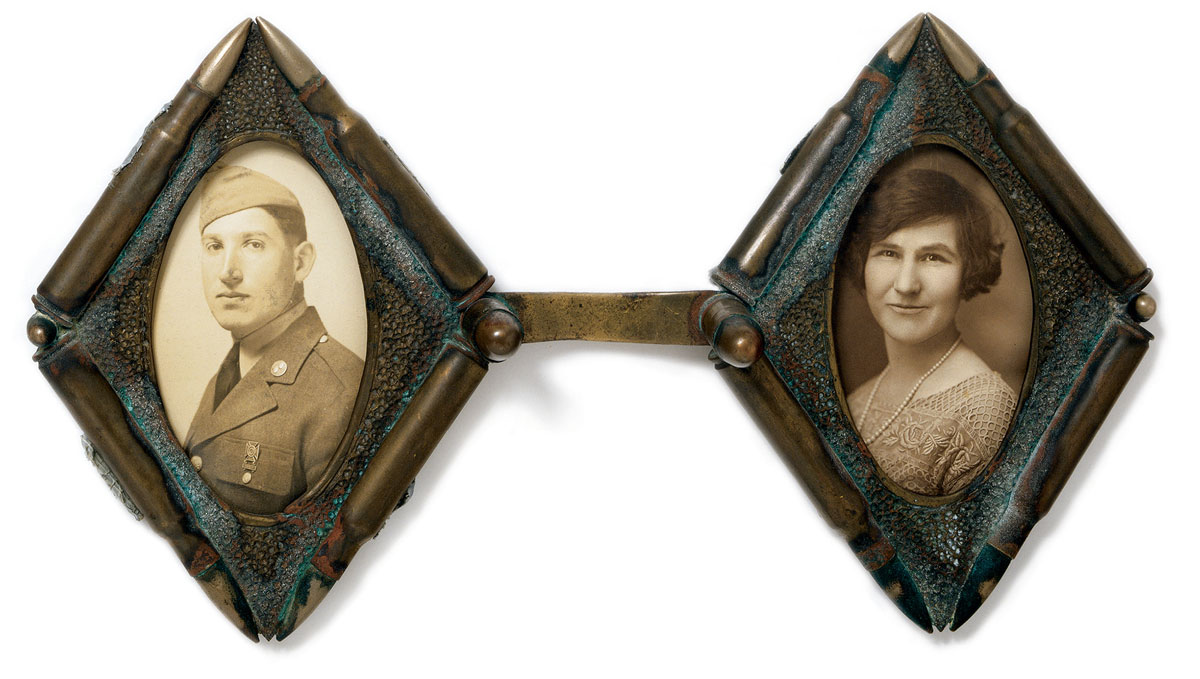
Cabinet: Many of the canonical theoretical and critical works on photography make a polemical distinction between photography and memory, as if photography is either a counter-memory (Roland Barthes), a poor “historicized” substitute (Siegfried Kracauer), or a medium which only reveals its true nature when it becomes separated from private memory (Walter Benjamin’s waning of the aura of the image).
Geoffrey Batchen: Those writers all had good political reasons for wanting to conjure a division between history and memory, even if this division is not, in fact, sustainable. There are many kinds of memory and all of them involve historical reflection of one kind or another. However, a repetition of their argument allows me to privilege a type of photographic practice that is not otherwise acknowledged in standard histories of photography. The emphasis is on a personal response to photographs. This focus on memory also shifts attention from the producers of photographs to their owners.
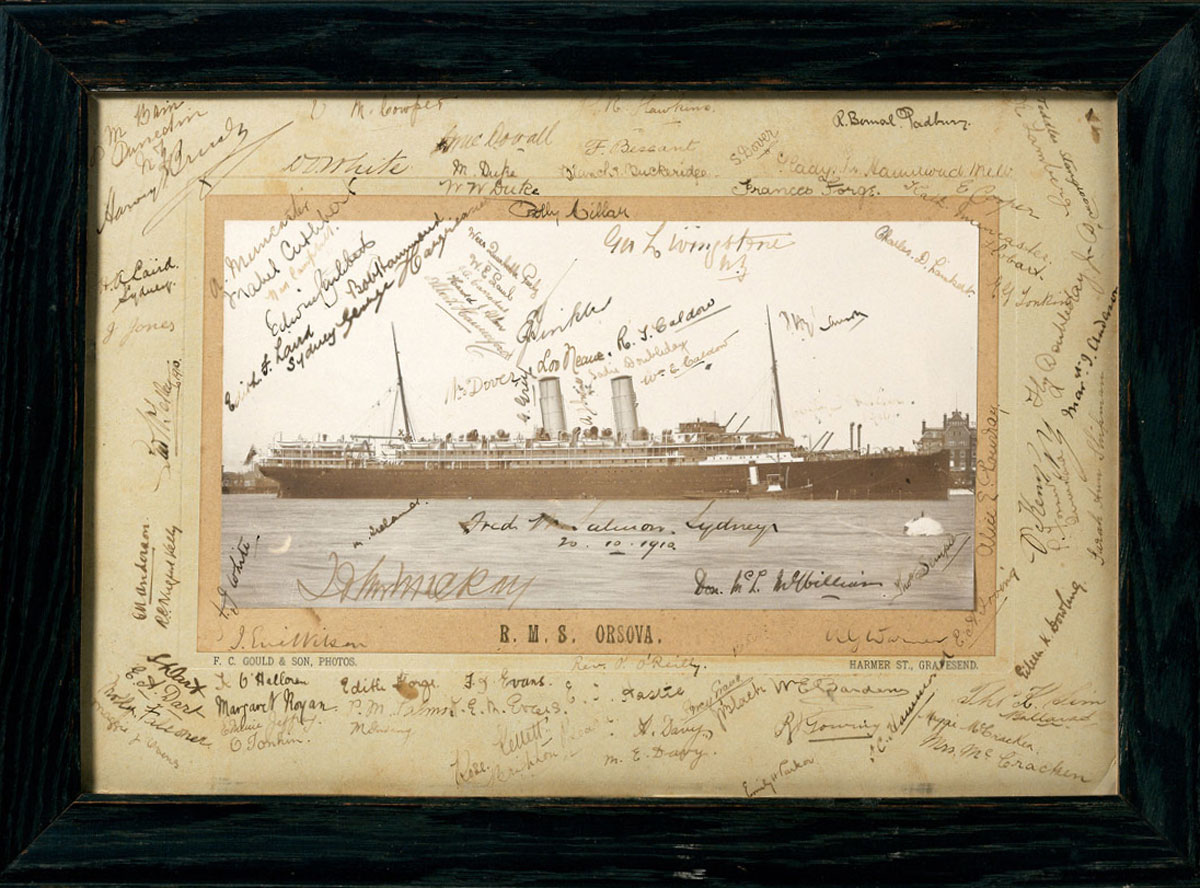
The objects you examine in the book and exhibition seem to assume that photography has a mnemonic function, but also to recognize that the image requires some form of supplement if it is to function properly as a reminder or memento.
Photography replaces the immediate, physically embracing experience of involuntary memory with itself, with photographic images that are necessarily historical, coherent, informational. To continue to induce the experience of personal memory, therefore, a photograph has to be transformed. Something has to be done to it to continually drag it (and us) out of the past and into the present. And the subject of the photograph has to be similarly transformed, from somebody merely seen into someone really felt, from an image viewed at a distance on the wall into an emotional exchange transacted in the heart. Hence the addition of writing, paint, framing, embroidery, fabric, string, hair, flowers, butterfly wings, or other images to the photographs involved. Some examples have cut or shaped the photograph, incorporated the photograph into a larger setting, or insisted that we touch or handle the photograph.
So the sense of the intimate experience of the image is both something that these objects bring out and something they attempt to supply (by the addition of other objects, media, substances)?
Yes. The addition of materials such as human hair or butterfly wings adds texture and color to photographs that are otherwise flat and monochrome. But it also allows people to add the intimacy of touch to their experience of the photograph. The photograph itself could be literally touched during the making of these ensembles of materials. But the added materials themselves also had to be worked—for example, the hair had to be braided or woven into patterns—and this involved a considerable amount of skilled handicraft. This extra labor ensured that the act of remembrance would be painstaking, extended through time, deliberated. The ensemble of which the photograph is part was made over time, and this process also means that it takes more time to look at. And by including these extra textures, it turned looking into a form of touch. Even when it’s behind glass, you imagine feeling this hair or stroking that embroidered silk.
There are several photographs of people holding other photographs. What do you think is happening there? Is it a matter of staging a moment of memory itself: ensuring that the “original” photograph is re-memorialized?Those people who have themselves photographed looking at another photograph want to be remembered as remembering. Memory itself is something that is difficult to make visible (the Surrealists tried and the images that resulted mostly look ridiculous). But the act of remembering, the effort to remember, is something that can be staged for the camera. What’s interesting is that you often can’t see what’s on the photograph these people are holding. Sometimes they are even clutching a closed daguerreotype case, a case that could have been opened so we could see the photograph inside (occasionally the daguerreotype case in the picture is actually the one now containing this same picture). For those involved in the making of the photograph, perhaps it didn’t have to be shown. They all would have known who was depicted in the invisible photograph. It’s a reminder to us that photography can often be a very private experience, shared only with a close circle of family and friends.
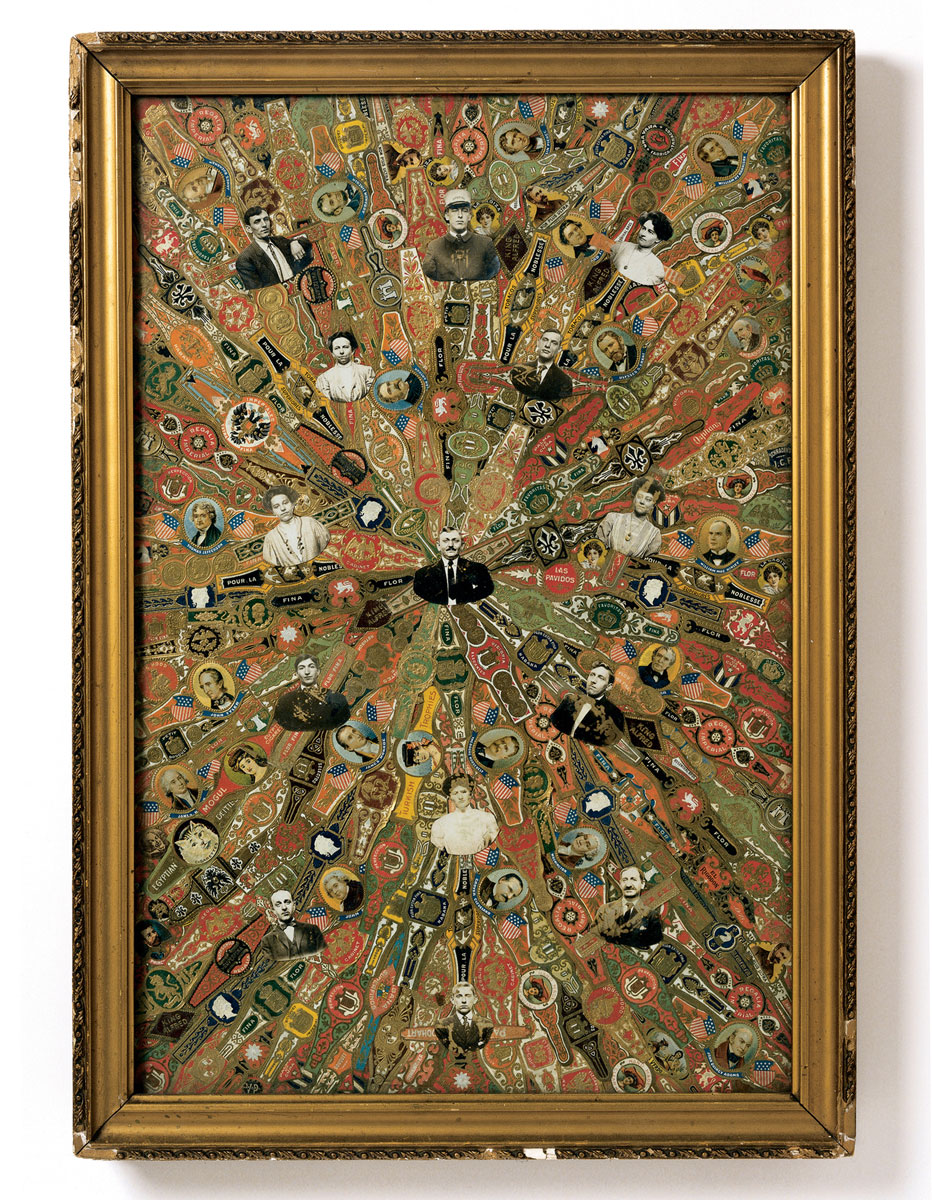
Can you say something about the uses of writing in and on these images?
Sometimes this writing simply provides a photograph with an identifying caption (“Me”) or a date. On other occasions it allows the writer to add humor or sentiment to an otherwise ordinary image, by putting words in the subject’s mouth or through the sheer poignancy of the words themselves (“At Rest,” for example). Sometimes this poignancy is generated in retrospect. One object features two photographs, one of a man in uniform and the other of a woman we presume to be his wife, incorporated into a symmetrical frame made from bullet shells, with two of the bullets projecting directly out into space as if aimed at the viewer. When we turn this object over, we find text written, in different hands, on the backs of each photograph. The writing on the back of his image is particularly telling: “Aug ‘42 Spokane, Wash. This isn’t very good, but its [sic] all I have.” Written at the onset of US involvement in World War II, the inscription can’t help but make you wonder how the meaning of this object may have changed if this man never came back.
Signatures are quite common, which is unsurprising in itself; but they seem to proliferate in odd ways sometimes.Sometimes, for example, when they’re arrayed under a wedding portrait, they act as a sort of legal certification of the event pictured. In other cases they function in slightly different ways. A photograph of a ship, the R.M.S. Orsova, comes to us totally festooned with signatures, representing the direct touch of many of those on board. Normally, a signature on a picture declares its authenticity through the presence of its author’s hand (and with that declaration comes its status as art and its value in the market place). This object parodies that tradition, claiming a collective authorship of both the photograph and the cruise it symbolizes. These signatures excessively cover the entire exposed surface of the object, both mat and photograph, turning it into the equivalent of a Chinese painting with accompanying colophons. Some of the signatories have even played with the image itself, writing down between the ship’s chimneys. If you turn the object over, you find yet another kind of text, a hand-written inscription with hints of shipboard romance and shared emotions: “To Margerie with love from Roo In memory of many Happy Days (& Evenings) spent on the ‘Orsova’ 20.10.10.”
Why, too, the recurrent turn to poetry?It’s interesting how frequently these writers turn to verse as their rhetorical vehicle. Verse, whether spoken or sung, was a part of everyday life in the 19th century, a form of common knowledge which to some degree we have lost today. However, adding verse also ensured that the experience of looking at these photographs had an aural component, for verse, with its rhymes and rhythms, demands to be given voice (even if it’s not literally read aloud). As a result, these were photographs you heard as well as saw.
Do you think these photographs respond to a historical crisis in memory itself? I’m thinking of comments like Rilke’s about how everyday objects really meant something for a previous generation, but are now mere things. Does the photo re-enchant the thing, and vice versa?I think Rilke is being a little too nostalgic. But it may be true that the proliferation of material possessions has reduced their individual significance. I’ve noticed that, when people lose everything in a house fire, the one thing they lament losing most are their personal snapshots. So, despite their ubiquity, photographs are still obviously of significance in people’s lives, especially as prompts for reverie. What’s interesting about the hybrid photo-objects is that they constitute a skeptical commentary by ordinary people on the capacity of the photograph by itself to provide a compelling memorial experience. For the people who made or owned them, the unadulterated photograph was obviously not sufficient. But then neither was a lock of hair or a scrap of hand-writing; both photograph and that extra something must be present for an involuntary memory experience to occur, as if the abstract indexicality of one reinforces and amplifies the more physical indexicality of the other.
In my book, I quote historian Richard Terdiman, who has argued that the 19th century was a period in which personal memory was put into crisis by the often bewildering changes wrought by political revolution and industrial modernity. And it’s true that memory is one of those abstractions increasingly reified in the 19th century, turned into lucrative commercial objects of exchange such as keepsakes and souvenirs. One might regard the invention and proliferation of photography as both a response to this memory crisis but also as its embodiment and reproduction. The photograph remembers a loved one’s appearance, but it is a memory “hollowed out,” disconnected from the social realities of its own production, and also from us, who are doing the remembering.
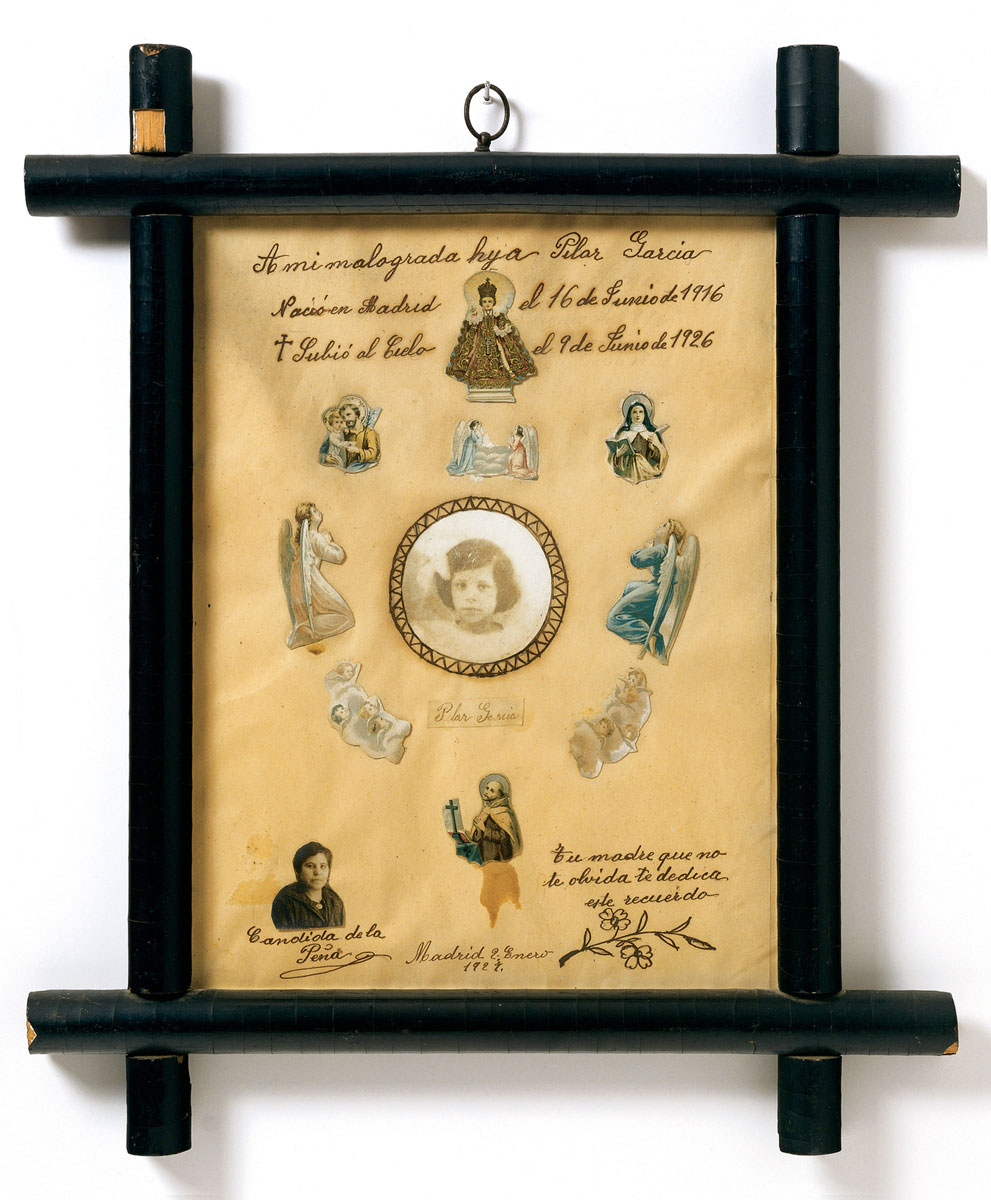
You write about the “fear of mortality” that seems to attach to even those objects devoted to the living; is there a continuum here from mourning objects to those which replicate, for example, living, healthy infants?
Roland Barthes argued that every photograph, no matter how seemingly innocuous, is about death. This is the irony of photography. We photograph a loved one to celebrate and record his or her life, but, by that same act, condemn them to certain death. Memory obeys a similarly perverse logic. The passing of time that makes memory possible and necessary is also what makes memory fade and die. This is why, I think, so many of these objects seek to combat what Barthes called the visual “this has been” of the photograph with the palpable presentness of other sensory experiences like touch and sound. These hybrid photo-objects are time machines designed to deny the fact of death and put in its place a perpetual present, a kind of eternal half-life—in short, they aim to induce the haunting, comforting presence of a ghost-figure.
One of the things missing from the book—and I was surprised by this—is much evidence of photographs of the dead as dead. Are these, in the 19th century, not subject to the same framing and decoration?Photographing the dead was a major part of commercial practice in the 19th century, a period when seven out of ten children died before they reached the age of two. It’s certainly a strange practice. What would a mother think when viewing an image of her dead child? The photograph shows that child as dead (often they are shriveled, distorted, pallid), even when, as in some examples, the child has been posed as if asleep or even had its eyes painted to look as if they are open. But the mother knows that the child is dead. So what can this photograph signify for her? Perhaps it merely certifies that the child did exist in some prior moment in space and time. The photograph remembers the child’s existence, even if it can’t provide an accurate rendition of his or her appearance.
For whatever reason (and it may just have been the limited nature of my research) I didn’t come across any photographs of dead people that had been elaborated in this fashion. What I did include, however, were examples of memento mori that incorporated a photograph of the departed subject taken when he or she was still alive. Such objects seek to remember a loved one, not as someone now dead, but as someone who was once alive, young and vital, with a future before them. In this kind of object, they will always have that future, a comforting thought, perhaps, for those who have been left behind.
You suggest, intriguingly, that these are in some sense works of art.In fact, I was nervous that I was going to simply encourage the collecting of a new kind of “folk art.” That’s why I tried to stress the generic nature of my examples. I could have chosen thousands of other, very similar objects and made the same general arguments. There are no masterpieces here.
And you’re not merely interested in adding these vernacular objects to the photographic canon.What historians need to develop is not so much a history of vernacular photographs as a “vernacular” way of doing history. We need to invent a way of dealing with photography that emulates its own way of being, that acknowledges rather than represses photography’s particular qualities and characteristics. And we also need to find a way for our histories to speak “in the vernacular,” talking directly to their audiences, engaging them in conversation, inviting them to dispute our suppositions, mobilizing them as thinkers, inviting them to produce their own historical accounts. If my project is seen to make even a small step in those directions, then I’ll be pretty happy.
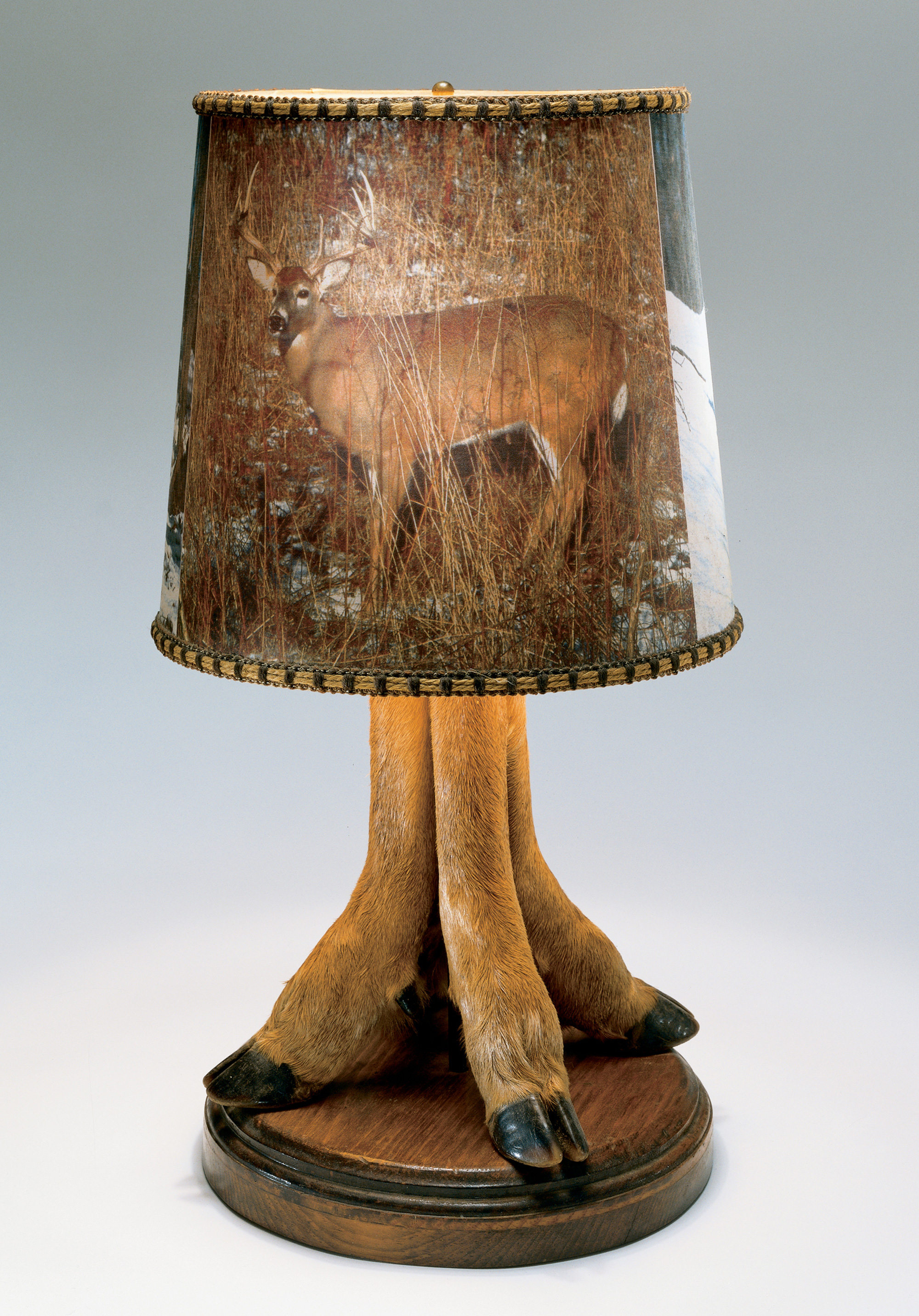
Geoffrey Batchen teaches the history of photography at the CUNY Graduate Center in New York. His latest book is Forget Me Not: Photography and Remembrance (Princeton Architectural Press, 2004).
Brian Dillon is the UK editor of Cabinet and a regular contributor to Frieze, Modern Painters and The Irish Times. His first book, In the Dark Room, will be published in 2005.
Spotted an error? Email us at corrections at cabinetmagazine dot org.
If you’ve enjoyed the free articles that we offer on our site, please consider subscribing to our nonprofit magazine. You get twelve online issues and unlimited access to all our archives.